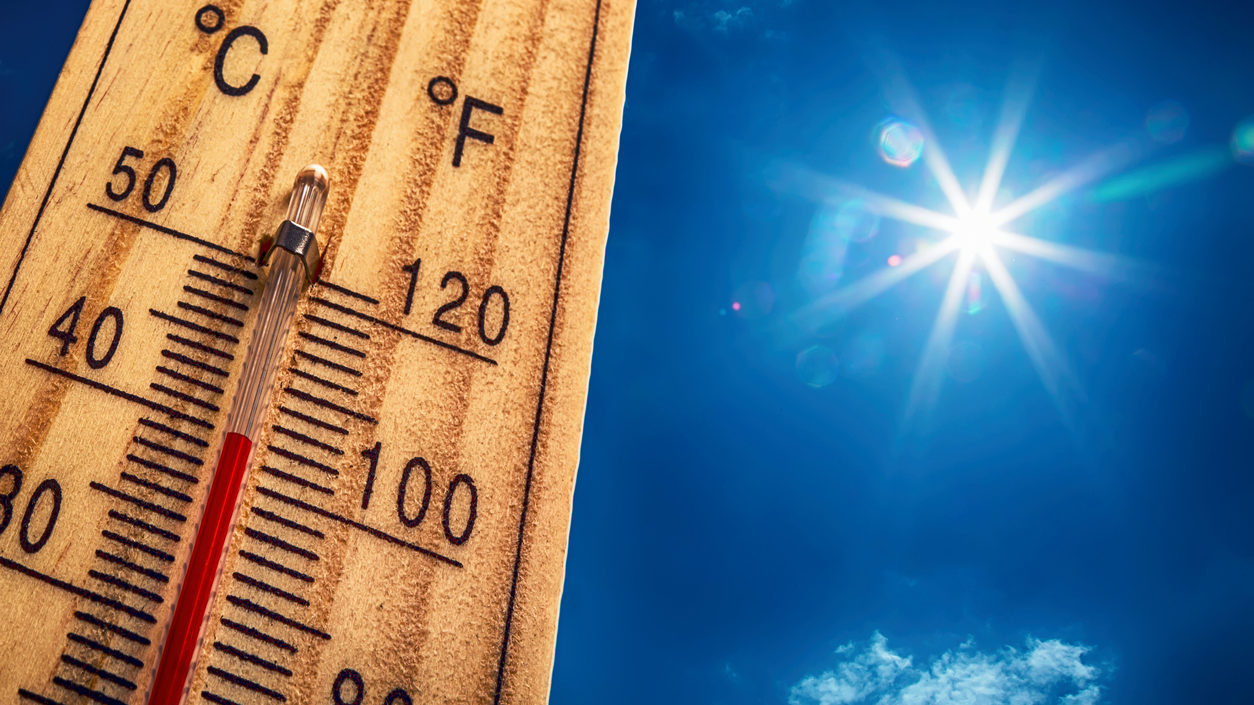Opinion
Whenever you read breathless media headlines shrieking, “record temperatures!”, you should be deeply sceptical.
Firstly, because “on record” almost always means “within the last century”; often as recently as the last fifty years. Secondly, because temperature records are invariably apples’n’oranges comparisons: from old-fashioned mercury thermometers to satellite laser-based measurements, from measuring stations which have often either been moved over the years, or whose surrounding environment has drastically altered.
Oh, but of course, those records have been “homogenised”. Which is a fancy way of saying they’ve been jiggled and fiddled with to try and reconcile the aforesaid incompatible measurements. But, even with the most honest intent, every time a record is adjusted, bias creeps in.
And “honest intent” is more and more looking to be absent.
In Australia, Jennifer Marohasy and others have repeatedly shown that the Bureau of Meteorology has continually “homogenised” temperatures upward, apparently exaggerating any possible warming trend.
Now we find that the UK Met Office is likely worse.
Nearly one in three (29.2%) U.K. Met Office temperature measuring stations have an internationally-defined margin of error of up to 5°C. Another 48.7% of the total 380 stations could produce errors up to 2°C, meaning nearly eight out of ten stations (77.9%) are producing ‘junk’ or ‘near junk’ readings of surface air temperatures.
This means that over three-quarters of Met Office stations have a margin of error greater than even the supposed mild warming of the last century. Which, just in case you weren’t aware, is a grand total of 1.36°C since 1850-1900.
Under a freedom of information request, the Daily Sceptic has obtained a full list of the Met Office’s U.K. weather stations, along with an individual class rating defined by the World Meteorological Office. These CIMO ratings range from pristine class 1 and near pristine class 2, to an ‘anything goes’ or ‘junk’ class 5. The CIMO ratings penalise sites that are near any artificial heat sources such as buildings and concrete surfaces. According to the WMO, a class 5 site is one where nearby obstacles “create an inappropriate environment for a meteorological measurement that is intended to be representative of a wide area”. Even the Met Office refers to sites next to buildings and vegetation as “undesirable”. It seems class 5 sites can be placed anywhere, and they come with a WMO warning of “additional estimated uncertainties added by siting up to 5°C”; class 4 notes “uncertainties” up to 2°C, while class 3 states 1°C. Only 13.7%, or 52 of the Met Office’s temperature and humidity stations come with no such ‘uncertainty’ warnings attached.
So, how do the Met’s stations measure up? Hoo, boy, it’s not good.
Just 6.3% of stations are Class 1, 7.4% Class 2. A further 8.4% are Class 3. The rest, 88.1%, or over one in five, are “near junk” or “junk”. In almost every case, the junk measurements run hot.
In the UK, Welsh weather station Porthmadog is often cited in “hottest of the day” listings. When investigative journalist Paul Homewood sought FOI information from the Met Office about the station, it turned out that it is a Class 4, or “near junk” site. Yet, the Met Office states that it will continue to rely on the site.
So, now you know where the “hottest on record” claims are coming from.
Using these figures with a precision to one hundredth of a degree centigrade, the Met Office declared that 2023 was the second hottest in the U.K., coming in just 0.06°C lower than the all-time record. Cue, of course, all the Thermogeddon headlines in mainstream media. In 2022, the Met Office said that five sites in the U.K. on July 19th went past 40°C, with a record of 40.3°C at RAF Coningsby.
You will, of course, be utterly shocked to learn that three of those five sites are junk or near-junk. While “record” RAF Coningsby scrapes in with a dubious Class 3. Two other “record” sites, Hawarden Airport in Wales and Charterhall in Scotland, are both near-junk Class 4 stations.
And it goes on.
Always alive to a popular headline catastrophising the weather, the Met Office declared a warmest St. Valentine’s night English record this year of 11.5°C at class 4-rated St. Mary’s airport on the Isles of Scilly. Earlier in the year, the Met Office declared the highest January temperature in Scotland at 19.6°C at Kinlochewe, a class 4 site. Interestingly the previous, much promoted, U.K. record was set on July 31th 2019 at the Cambridge Botanic Gardens, a class 5 site.
Since being caught out by the Homewood FOI revelations, the Met Office now states that Class 5 stations “will be flagged and not quoted in national records”.
As indicated earlier, it’s not just the UK. Australia’s temperature data has been charitably described as a mess. Nor is the USA much better.
In work compiled over a decade, [meteorologist Anthony Watts] found that 96% of temperature stations used by the U.S. weather service NOAA were “corrupted” by the localised effects of urbanisation. Sites in close proximity to asphalt, machinery and other heat-producing or heat-accentuating objects, “violates NOAA’s own published standards, and strongly undermines the legitimacy and magnitude of the official consensus on long-term climate warming trends in the United States”, he observed.
The Daily Sceptic
In fact, we know that, according to a paper from well-known climate research institute, the University of Alabama in Huntsville (UAH), “The bottom line is that an estimated 22% of the U.S. warming trend, 1895 to 2023, is due to localised UHI [urban heat island] effects”.
This would mean that warming in the US has barely pipped a single degree.
Remind me again why we’re supposed to be terrified.

